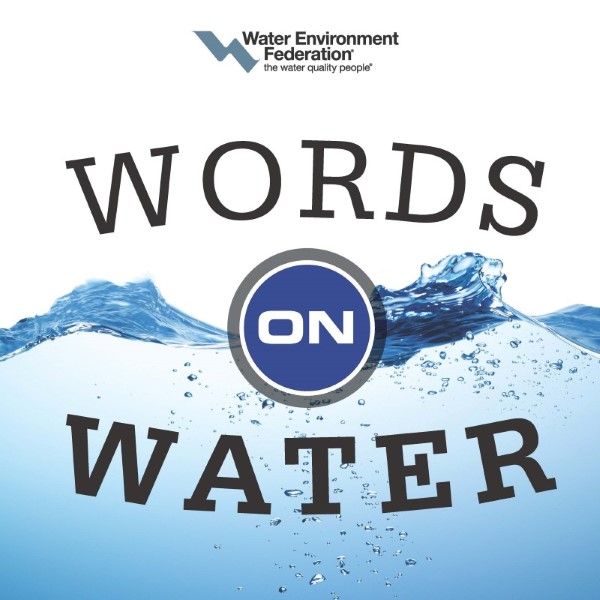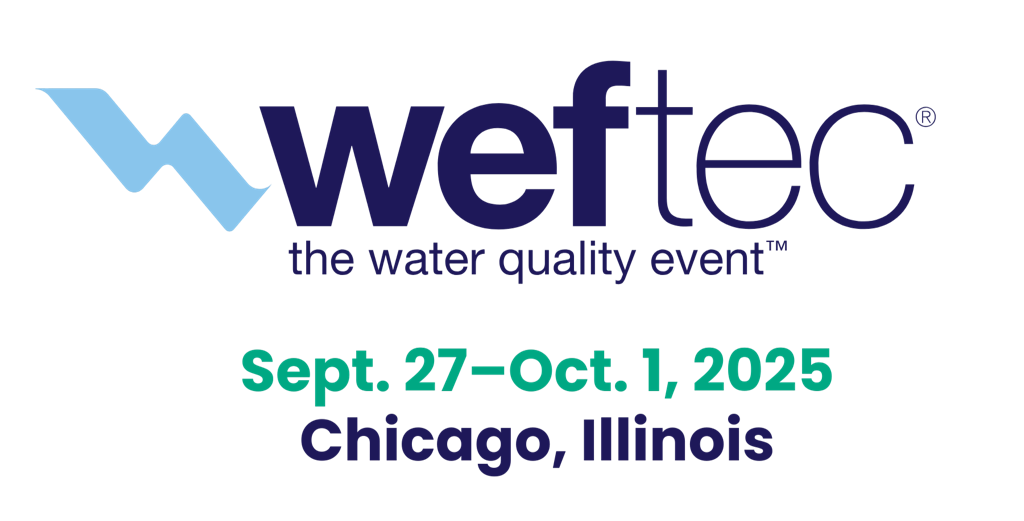On Mon., Oct. 1, Technical Session No. 104, The Value of Water and the U.N. Sustainable Development Goals, focused on global access to clean water, including issues surrounding disparities in access in U.S. tribal communities.
“Most of the world does not have access to drinking water that comes from taps,” said Kartik Chandran, of Columbia University, framing his discussion of the U.N. Sustainable Development Goals (SDG). He focused on SDG 6, Clean Water and Sanitation, and SDG 14, Life Below Water, describing the SDGs as aspirational, voluntary, and accounting for specific national circumstances.
“I’d like to strongly emphasize that the SDGs pertaining to water are not restricted to 6 and 14. Water touches poverty, access to food, access to health, and gender equality,” Chandran said. “We have to look at the SDGs as a system, and look at the impacts and implications of addressing these together.”
Chandran presented examples of the importance of clean water and sanitation in the context of India, where these systems are lacking and/or inadequate, and discussed SDG 6, global indicators, monitoring, data collection, and analysis.
Transitioning to a similar example within the U.S., a panel of representatives from Native Alaska and American Indian communities shared perspectives on water as culture, and challenges in merging cultural aspects with managing and improving water and wastewater services to native tribal communities. Panel members described the disparity where access to safe drinking water in tribal communities is significantly lower than other parts of the U.S., and discussed challenges, examples of successful solutions, and key recommendations.

Marleah LaBelle, a project manager with the Alaska Native Tribal Health Consortium, participated in this panel as well as one of WEF's Words on Water podcasts. Hear LaBelle discuss the challenges with drinking water and sanitation in Alaska Native villages, the central place of water in the Alaska Native culture, and how climate change is affecting Alaska Native villages.



